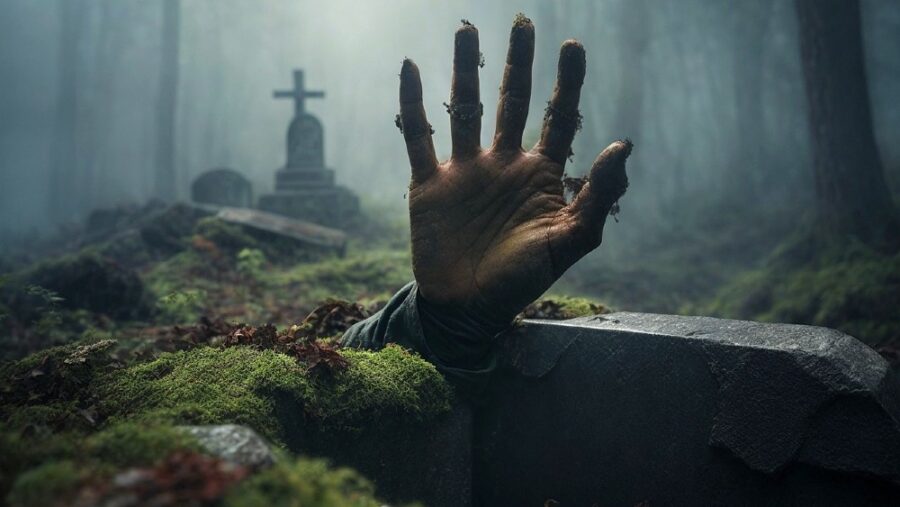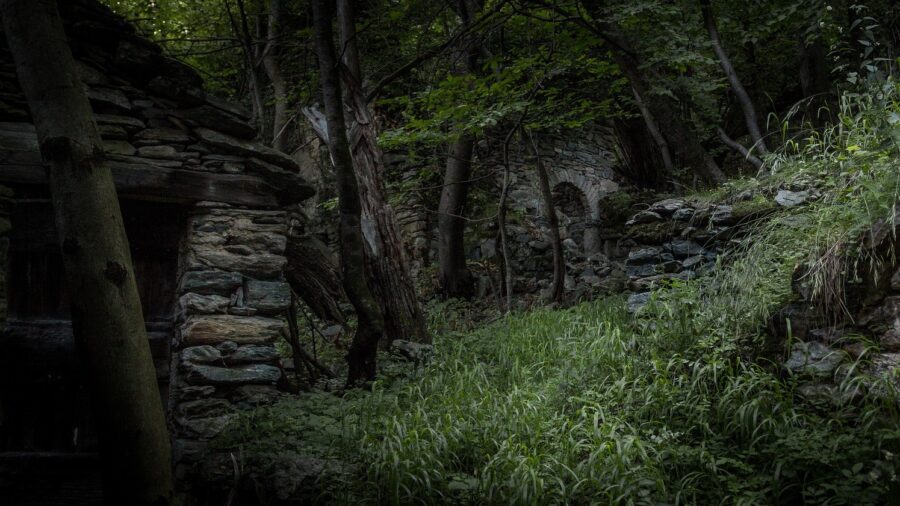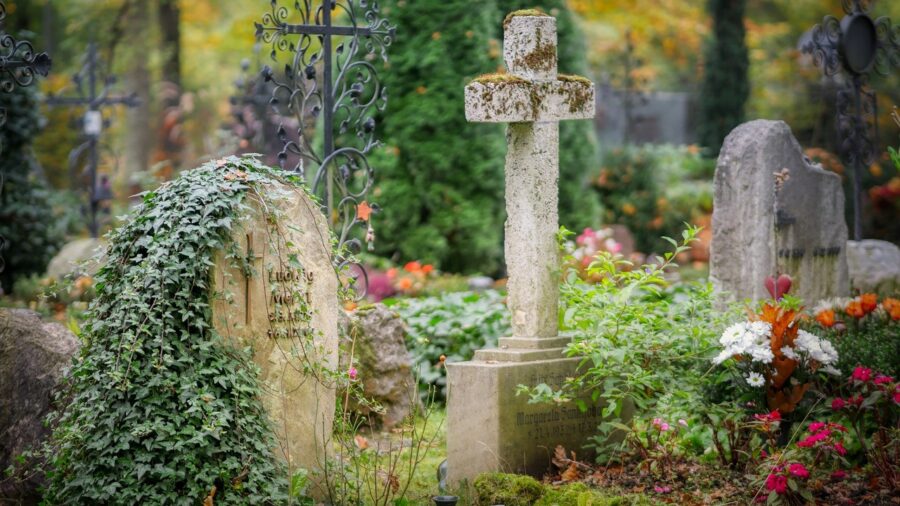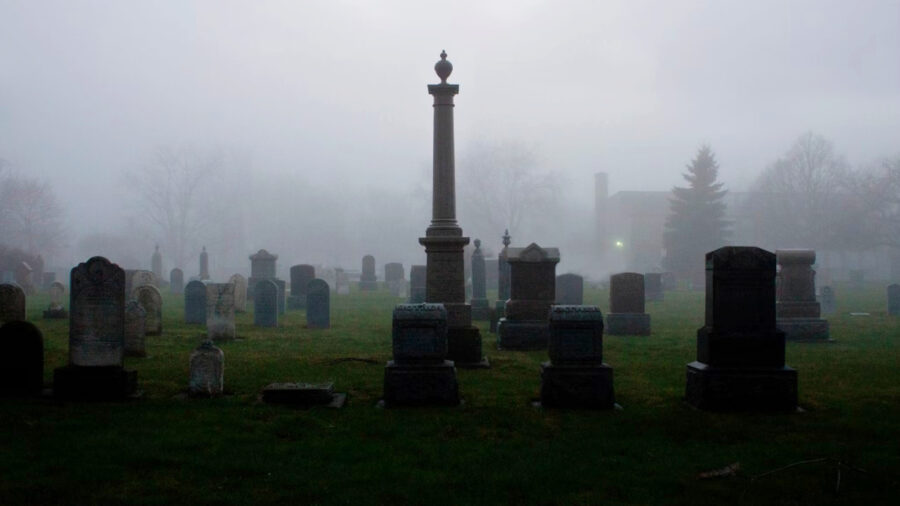4,200-Year-Old Terrifying Zombie Secret Unearthed From Haunting Tomb

Archaeologists have unearthed a 4,200-year-old Neolithic tomb in Oppin, Germany, which led them to believe it is an example of a zombie tomb. The discovery contains the remains of a middle-aged man buried in a crouched position on his side. However, what had them baffled was the massive stone placed on top of his legs.
This unique position of the stone suggests a deeper, darker secret that goes beyond marking the grave. Archeologists believe it served to restrain the deceased.
A Tomb Designed To Keep People In

This unique position of the stone suggests a deeper, darker secret that goes beyond marking the grave. Archeologists believe it served to restrain the deceased.
The Museum of Prehistory shared further data on the burial site, saying that the remains were of a man aged between 40 and 60 at the time of his death and that the large stone found on the man’s legs measured 3.3 feet (100cm) in length and 1.6 feet (50cm) wide.
Bronze Age Civiliztion

The burial ground is believed to belong to the Bell Beaker culture. This ancient society existed around 2,800 BC, a transition period between the Neolithic and the Early Bronze Age. This civilization brought Bronze Age technology to Britain during their migration and was responsible for a change in the island’s inhabitants.
Zombie Myths Existed For Centuries

While written records from this period are non-existent, past archeological evidence suggests that people of the era feared that the dead might rise again as ‘revenants’ and torture and kill the living. The zombie term is one of pop culture’s many hallmarks, but fear of the undead is heavily documented through this and similar burials.
The Dead Coming Back For Revenge

Archaeologist Susanne Friederich, who was involved in this particular excavation, has come forward to explain, “We know that already in the Stone Age, people were afraid of revenants. Back then, people believed that dead people sometimes tried to free themselves from their graves.” She continued, “Sometimes, the dead were laid on their stomachs. If the dead lies on his stomach, he burrows deeper and deeper instead of reaching the surface”.
Similar Gravesites Across Europe

Similar graves have been located across Europe, with the origin dating back thousands of years to prehistoric times and up until the 14th Century A.D. These grave locations are recognized by similar practices to keep the deceased down. Some prehistoric and medieval cultures positioned the bodies of the deceased face-down to prevent them from digging their way up to the surface, and others turned to more extreme measures such as piercing the corpses with a lance or pinning them down with heavy objects, mirrored in the German zombie tomb.
Fear Of The Dark

Although there are many locations of such burial grounds in Europe, this is the first zombie tomb or revenant grave from the Bell Beaker culture found in Central Germany. Upon further exploration near the location, archaeologists discovered another grave of the Bell Beaker culture containing additional remains, including a heart.
This discovery is just a glimpse into the big picture of how our ancestors dealt with death. We have all heard myths and legends about zombies and vampires. Still, the fact that burial sites like the zombie tomb in Germany and across Europe exist demonstrates that these weren’t just fantasy stories but strong evidence of fear of the undead.











